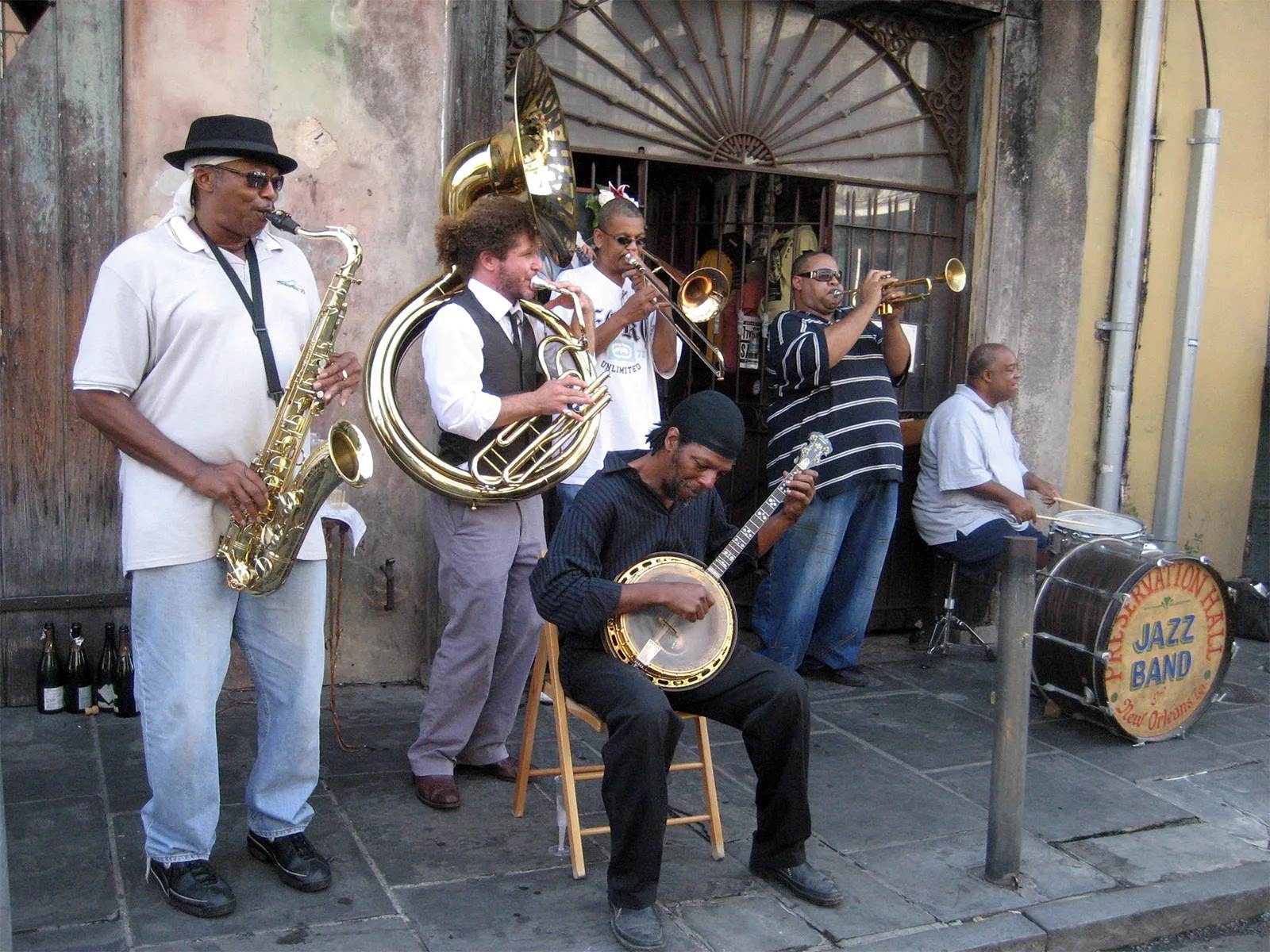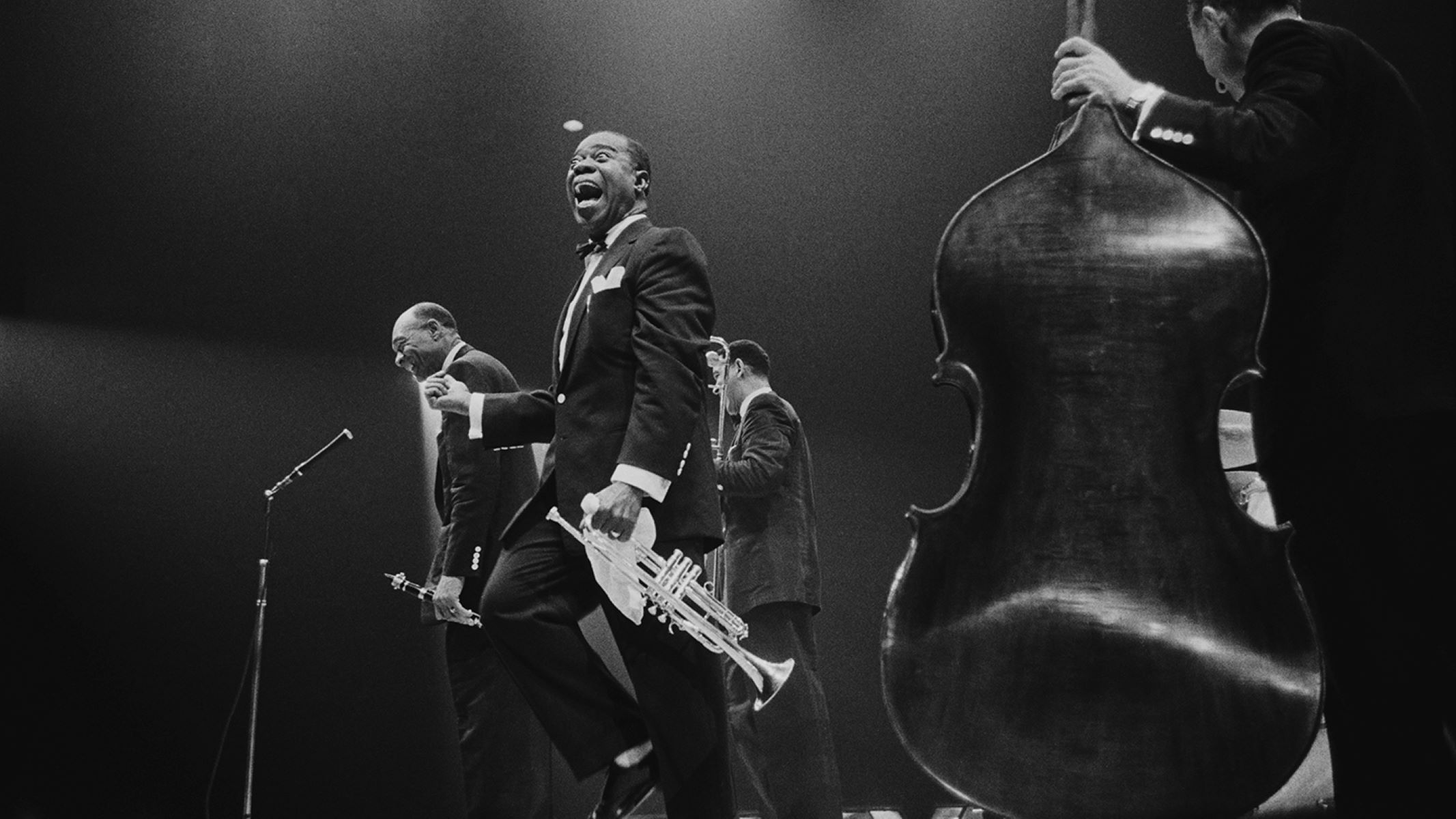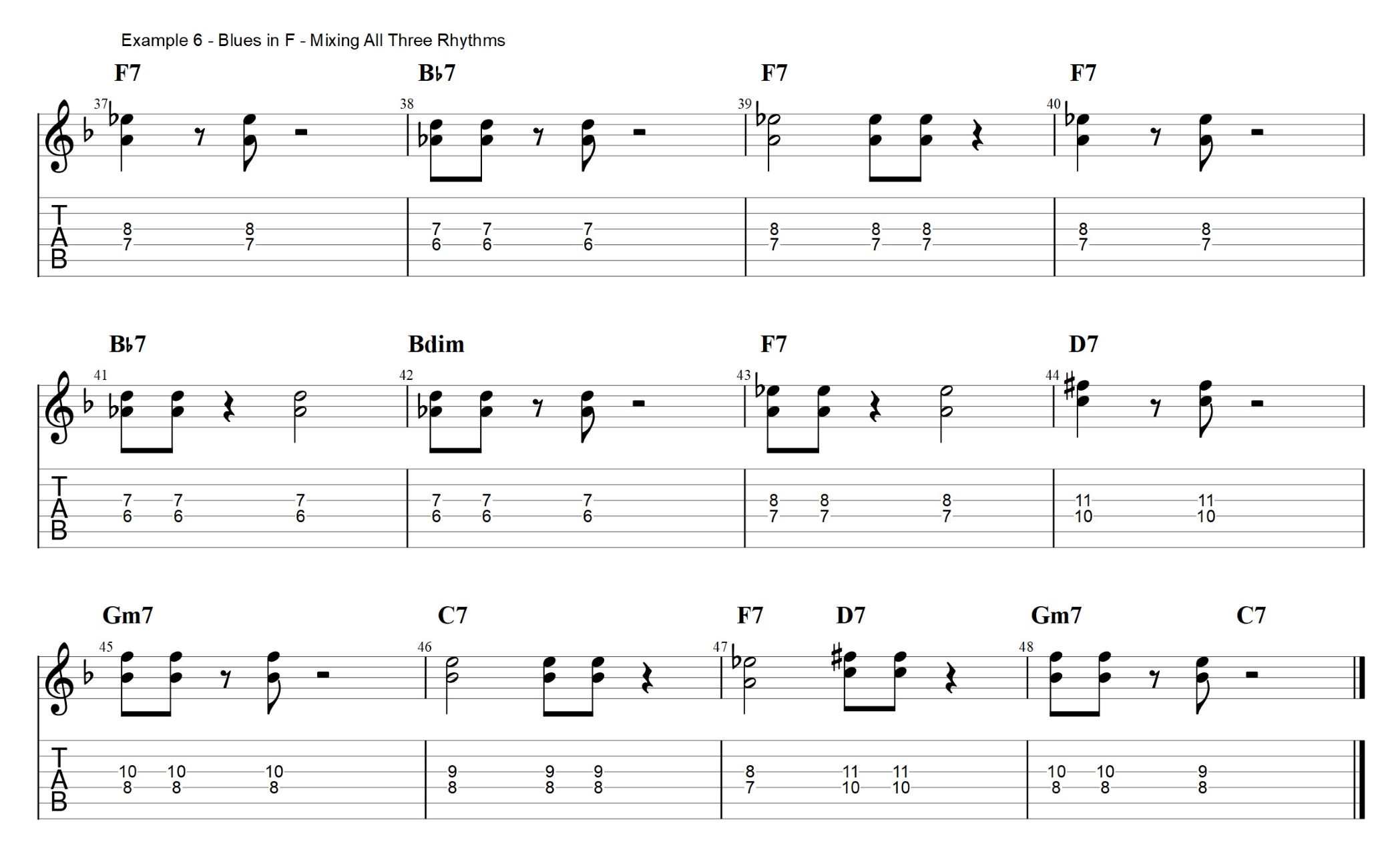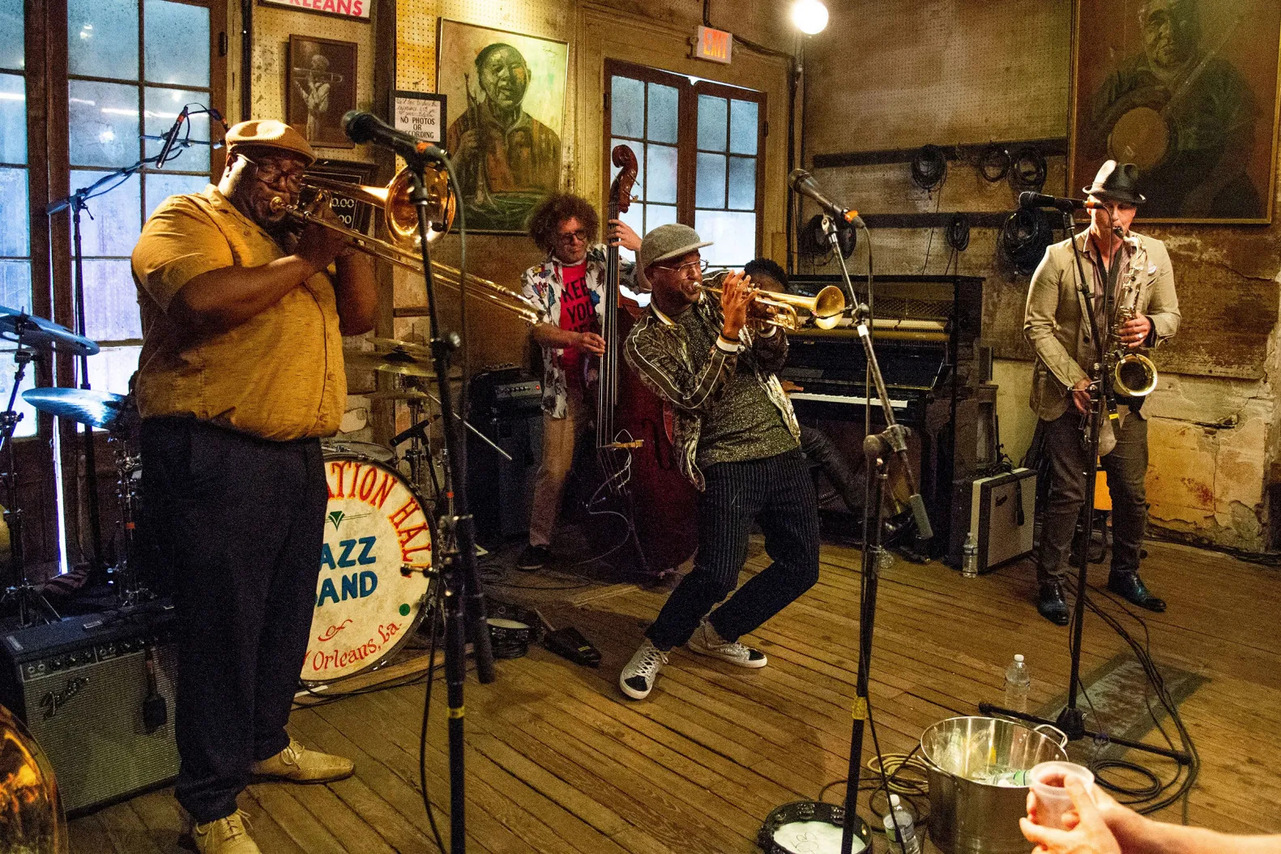

Jazz
What Saxophone Is Used In Jazz
Modified: January 22, 2024
Discover the perfect saxophone for jazz music. Explore the various saxophone options used in jazz and find the ideal instrument to create soulful, melodic tunes.
(Many of the links in this article redirect to a specific reviewed product. Your purchase of these products through affiliate links helps to generate commission for AudioLover.com, at no extra cost. Learn more)
Table of Contents
Introduction
Jazz, often referred to as America’s classical music, is a genre that has captivated music lovers for over a century. Known for its improvisation, syncopation, and unique rhythmic patterns, jazz has evolved and diversified since its emergence in the early 20th century. One instrument that has played a crucial role in shaping the sound of jazz is the saxophone.
The saxophone, invented by Adolphe Sax in the 1840s, quickly gained popularity for its versatility and expressive capabilities. Its distinctive sound, ranging from smooth and mellow to bold and brassy, has made it a staple in jazz ensembles worldwide. Whether it’s the melancholic strains of a tenor saxophone or the fiery improvisations of an alto saxophone, this instrument has become synonymous with the soulful essence of jazz.
Throughout the history of jazz, saxophonists have pushed the boundaries of what is possible with their instrument. From pioneers like Charlie Parker and John Coltrane to contemporary virtuosos like Joshua Redman and Kamasi Washington, the saxophone has remained a dominant force in the jazz scene.
In this article, we will explore the fascinating world of the saxophone in jazz. We will delve into the history of the saxophone, discuss the different types of saxophones, and highlight the profound impact of saxophone players on the evolution of jazz. Additionally, we will uncover the unique techniques employed by jazz saxophonists and showcase some of the most memorable saxophone solos in jazz history.
So grab your favorite beverage, sit back, and prepare to embark on a journey into the heart and soul of jazz, as we explore the captivating world of the saxophone and its role in shaping this extraordinary genre of music.
History of the Saxophone
The saxophone, conceived by Belgian instrument maker Adolphe Sax in the 1840s, was a groundbreaking invention that sought to bridge the gap between woodwind and brass instruments. Sax was determined to create an instrument with the projection and power of a brass instrument, while maintaining the expressive qualities and agility of a woodwind instrument. The result was the saxophone, which soon found its way into the world of jazz.
Although initially designed for military bands, the saxophone quickly found favor among jazz musicians in the early 20th century. Its ability to produce a wide range of tones and its adaptability to different musical styles made it an ideal choice for jazz improvisation.
In the early years of jazz, the saxophone played a significant role in the development of the genre. It became a staple in big bands and small ensembles, taking on both melodic and solo roles. The iconic sound of the tenor saxophone, with its warm and rich tone, became synonymous with the smooth stylings of early jazz pioneers such as Coleman Hawkins and Lester Young.
As jazz evolved and embraced different subgenres like bebop and cool jazz, the saxophone continued to play a crucial role. It became an instrument of exploration and innovation, with players like Charlie Parker and John Coltrane pushing the boundaries of what was considered possible on the saxophone. Their virtuosic playing and mind-bending improvisations set new standards for jazz performance.
By the mid-20th century, the saxophone had firmly established itself as a mainstay in jazz ensembles. It became a symbol of individual expression and musical freedom, as players showcased their unique voices and explored new sonic territories. Saxophonists like Sonny Rollins and Stan Getz brought their distinctive styles to the forefront, further solidifying the saxophone’s place in jazz history.
Today, the saxophone remains an essential instrument in jazz. Its versatility and expressive capabilities continue to inspire and captivate musicians and audiences alike. Whether it’s the soulful sounds of a tenor saxophone or the energetic improvisations of an alto saxophone, the saxophone continues to shape the sound of jazz and play a vital role in its ongoing evolution.
Types of Saxophones
The saxophone family consists of several different types, each with its own unique characteristics and tonal qualities. While there are various sizes and variations of saxophones, the most commonly used types in jazz are the alto, tenor, and soprano saxophones.
1. Alto Saxophone: The alto saxophone is the most frequently used saxophone in jazz. It is smaller in size compared to the tenor and has a higher pitch. The alto saxophone produces a rich, warm tone that is often described as smooth and expressive. It is well-suited for melodic playing and is widely recognized for its lyrical qualities. Many jazz legends, such as Charlie Parker and Cannonball Adderley, favored the alto saxophone for their renowned contributions to the genre.
2. Tenor Saxophone: The tenor saxophone is slightly larger than the alto and has a lower pitch. It has a robust and full-bodied sound, characterized by its rich and resonant tones. The tenor saxophone is known for its versatility and is frequently utilized for both melodic playing and improvisation. It has become synonymous with the greats of jazz, including Lester Young, John Coltrane, and Sonny Rollins, who have all left an indelible mark on the genre with their innovative tenor saxophone playing.
3. Soprano Saxophone: The soprano saxophone is the highest pitched of the saxophone family. It has a distinctive and piercing sound that cuts through the mix. The soprano saxophone can evoke a range of emotions, from sweet and lyrical to bold and assertive. Jazz saxophonists such as Sidney Bechet and Wayne Shorter have explored the unique tonal possibilities of the soprano saxophone, utilizing it to create captivating melodies and improvisations.
Although the alto, tenor, and soprano saxophones are the most commonly seen in jazz, it’s worth mentioning that there are other saxophones as well, including the baritone saxophone, bass saxophone, and contrabass saxophone. These larger saxophones produce lower pitches and are occasionally utilized in specific jazz arrangements for their rich and powerful sound.
The different types of saxophones offer jazz musicians a wide range of tonal possibilities and allow for creative expression across various musical contexts. Each saxophone has its own unique voice, enabling players to shape the sound and character of their jazz performances.
The Saxophone in Jazz
The saxophone holds a prominent position in the world of jazz, contributing to the distinct sound and character of the genre. From the early days of jazz to the present, the saxophone has played a vital role in shaping the evolution of jazz music.
In the early 20th century, as jazz began to gain popularity, the saxophone became an integral part of jazz bands and orchestras. Its ability to convey emotion and its versatility in playing both melody and improvisation made it an ideal instrument for jazz musicians to express themselves.
The saxophone’s unique sound quickly became associated with the soulful nature of jazz. Its ability to evoke feelings of passion, intensity, and melancholy made it an instrument of choice for musicians looking to create emotive and expressive music.
As jazz continued to evolve and branch into different styles, the saxophone adapted and found its place in each genre. From the smooth and melodic sounds of swing and cool jazz to the fiery and fast-paced bebop and hard bop, the saxophone was at the forefront of innovation and creativity.
One of the key contributions of the saxophone to jazz was its role as a solo instrument. Master saxophonists like Charlie Parker, John Coltrane, and Sonny Rollins pushed the boundaries of improvisation, creating complex and inventive solos that became the hallmark of jazz. Their solos demonstrated the saxophone’s versatility, technical prowess, and ability to tell a musical story.
The saxophone also became an essential component of jazz ensembles, both big bands and small groups. In big bands, multiple saxophones were included to create a rich and textured sound, with sections harmonizing and playing intricate arrangements. In small groups, the saxophone often took on the role of the lead instrument, providing melodic lines and improvisation that drove the music forward.
Over the years, countless jazz saxophonists have emerged, each bringing their unique style and approach to the instrument. From smooth and lyrical players like Paul Desmond to avant-garde pioneers like Ornette Coleman, the saxophone has been a vehicle for individual expression and artistic exploration.
Today, the influence of the saxophone in jazz can still be felt. It remains a favored instrument for jazz musicians, showcasing their virtuosity and creativity. Whether it’s the soulful sounds of a tenor saxophone or the agile and mischievous notes of an alto saxophone, the saxophone continues to capture the essence of jazz and captivate both musicians and audiences alike.
Notable Jazz Saxophonists
Jazz has produced a wealth of incredibly talented saxophonists who have left an indelible mark on the genre. These musicians have pushed the boundaries of their instrument, redefined the possibilities of improvisation, and contributed to the evolution of jazz music. Here are just a few of the many notable jazz saxophonists who have made a significant impact:
1. Charlie Parker: Known as “Bird,” Charlie Parker is considered one of the most influential figures in jazz history. His virtuosic playing and innovative approach to improvisation helped redefine the bebop style. His recordings, such as “Confirmation” and “Ornithology,” are considered jazz classics.
2. John Coltrane: John Coltrane’s contributions to jazz, particularly his explorations in modal jazz and free jazz, have left an indelible mark on the genre. His album “A Love Supreme” is regarded as a masterpiece and showcases his unparalleled improvisational skills.
3. Sonny Rollins: Sonny Rollins’ powerful and creative style has made him one of the most influential tenor saxophonists in jazz history. His albums “Saxophone Colossus” and “The Bridge” are widely regarded as essential listening for any jazz enthusiast.
4. Coleman Hawkins: Known as the “Father of the Tenor Saxophone,” Coleman Hawkins was a pioneer of the instrument in jazz. His recording of “Body and Soul” is considered a landmark in jazz history and showcases his lyrical and expressive playing style.
5. Stan Getz: Stan Getz was renowned for his smooth and lyrical playing style, particularly on the tenor saxophone. His recordings of bossa nova classics like “The Girl from Ipanema” helped popularize the genre and showcased his ability to blend jazz and Latin influences.
6. Dexter Gordon: Dexter Gordon’s rich and commanding tone on the tenor saxophone made him a standout figure in jazz. His album “Go!” is considered a masterpiece and exemplifies his exceptional improvisational skills.
7. Cannonball Adderley: Cannonball Adderley’s soulful and energetic playing style made him one of the most revered alto saxophonists in jazz. His collaborations with Miles Davis, including the album “Kind of Blue,” are highly regarded as some of the greatest recordings in jazz history.
These are just a handful of the many legendary jazz saxophonists who have shaped the course of jazz music. Their contributions, along with countless other talented saxophonists, have enriched the genre and continue to inspire aspiring musicians to this day.
Importance of Saxophone in Jazz
The saxophone has played a pivotal role in the development and evolution of jazz music. Its unique sound, versatility, and expressive capabilities have made it an instrumental force in shaping the genre. Here are some key reasons why the saxophone holds such importance in jazz:
1. Expressive Range: The saxophone’s ability to convey a wide range of emotions and moods is one of its defining features. From the soulful and mournful tones of the tenor saxophone to the fiery and agile melodies of the alto saxophone, the instrument allows for an incredible level of expressiveness and musical storytelling.
2. Improvisation: The saxophone has become synonymous with jazz improvisation. Its ability to smoothly transition between melodic lines and spontaneous improvisation has made it an ideal instrument for jazz musicians to express their creativity and musical ideas. Saxophonists like John Coltrane and Charlie Parker showcased the full potential of improvisation on the saxophone, pushing the boundaries of what was previously thought possible.
3. Versatility: The saxophone’s versatility allows it to seamlessly adapt to various styles of jazz. Whether it’s the smooth and lyrical tones of the cool jazz era or the fast-paced and intricate lines of bebop, the saxophone is capable of capturing the essence of different jazz styles and incorporating them into its musical vocabulary.
4. Iconic Jazz Solos: The saxophone has produced some of the most memorable and iconic solos in jazz history. From the soaring melodies of “Summertime” played by Sidney Bechet to the blistering runs of “Giant Steps” by John Coltrane, the saxophone has been the vehicle for improvisational brilliance and has helped shape the identity of jazz through virtuosic solo performances.
5. Leading Instrument in Jazz Ensembles: The saxophone often takes on a prominent role in jazz ensembles. From big bands to small combos, the saxophone serves as a lead instrument, carrying melodic lines and providing improvisational prowess. Its presence, along with the interplay between saxophonists, creates a dynamic and captivating musical experience for both performers and listeners.
The saxophone has become an integral part of the jazz tradition, symbolizing the freedom, expression, and innovation that define the genre. Its importance lies not only in its sound and technical capabilities but also in the incredible contributions of saxophonists who have pushed the boundaries of jazz music, leaving an indelible mark on the genre’s rich history.
Jazz Saxophone Techniques
Mastering the saxophone in the context of jazz requires a combination of technical skill, musicality, and improvisational prowess. Jazz saxophonists employ various techniques to navigate the complexities of the genre and create their unique sound. Here are some essential techniques utilized in jazz saxophone playing:
1. Articulation: Articulation refers to the way a saxophonist starts and releases each note. In jazz, saxophonists use techniques like tonguing, where the tongue briefly touches the reed to create a clean and distinct sound. Pizzicato tonguing, slap tonguing, and growling are additional techniques that add texture and character to the saxophone’s sound.
2. Vibrato: Vibrato is a technique that adds subtle variations in pitch to a sustained note. Jazz saxophonists employ vibrato to inject expressiveness and warmth into their playing. The speed and depth of the vibrato can be adjusted to suit the mood and style of the music being performed.
3. Phrasing and Artistry: Phrasing refers to how notes are played and connected to create musical phrases. Jazz saxophonists develop a unique sense of phrasing, using dynamics, accentuation, and rhythmic variations to bring life and personality to their performances. The ability to shape phrases enhances their storytelling and improvisational abilities.
4. Extended Techniques: Jazz saxophonists often explore extended techniques to expand the sonic possibilities of their instrument. Techniques like multiphonics, altissimo register, pitch bends, and slap tonguing allow saxophonists to create unique and unconventional sounds, adding depth and variety to their playing.
5. Scale and Chord Knowledge: A solid understanding of scales and chords is fundamental for jazz improvisation. Saxophonists learn scales, including major, minor, blues, and various modes, as well as chord progressions, to navigate through chord changes and create melodic lines that complement the harmony of a jazz composition.
6. Rhythm and Syncopation: Jazz is known for its intricate rhythms and syncopated patterns. Saxophonists develop a keen sense of swing and groove, emphasizing off-beats and syncopated rhythms to create a sense of forward motion and energy in their playing. Understanding rhythmic patterns and being able to play with precision and groove is crucial in jazz improvisation.
7. Listening and Transcribing: Jazz saxophonists often learn from the masters by listening to recordings and transcribing solos. This process helps them internalize the language of jazz, gain insight into improvisational techniques, and develop a personal style by incorporating elements of their favorite players into their own playing.
Jazz saxophone techniques require dedicated practice and a keen ear for nuance. By honing these skills, saxophonists can develop their own unique voice and contribute to the rich history of jazz music.
Famous Jazz Saxophone Solos
Jazz saxophone solos have captivated audiences for decades, leaving an enduring impact on the genre. These solos showcase the technical prowess, creativity, and improvisational skills of the saxophonists, elevating the music to new heights. Here are some iconic jazz saxophone solos that have become legendary:
1. “Giant Steps” – John Coltrane: John Coltrane’s solo on the title track of his landmark album “Giant Steps” is considered one of the most challenging and groundbreaking solos in jazz history. Coltrane’s use of complex chord progressions, rapid-fire arpeggios, and his signature harmonic explorations stretched the limits of what was possible on the saxophone.
2. “St. Thomas” – Sonny Rollins: Sonny Rollins’ solo on “St. Thomas” from his album “Saxophone Colossus” is celebrated for its infectious grooves and melodic invention. Rollins’ melodic variations, rhythmic motifs, and expert use of phrasing showcase his mastery of both the tenor saxophone and the art of improvisation.
3. “Take Five” – Paul Desmond: Paul Desmond’s silky-smooth alto saxophone solo on “Take Five,” famously performed with the Dave Brubeck Quartet, has become one of the most recognizable solos in jazz. Desmond’s lyrical playing, impeccable timing, and melodic sensibility perfectly complemented the composition’s unique 5/4 time signature.
4. “Body and Soul” – Coleman Hawkins: Coleman Hawkins’ groundbreaking solo on “Body and Soul” is considered a landmark in jazz history. Recorded in 1939, Hawkins’ emotive and innovative playing set a new standard for saxophone improvisation. His use of harmonically rich lines and his ability to tell a story through his playing influenced generations of jazz saxophonists.
5. “My Favorite Things” – John Coltrane: John Coltrane’s iconic soprano saxophone solo on the title track of his album “My Favorite Things” is a testament to his versatility and mastery of different saxophones. Coltrane’s exploratory improvisation, melodic variations, and fearless approach to pushing boundaries generated a fresh and innovative interpretation of the beloved Rodgers and Hammerstein tune.
6. “I Can’t Get Started” – Lester Young: Lester Young’s solo on “I Can’t Get Started” showcases his signature airy and melodic approach to the tenor saxophone. Young’s beautifully understated playing, marked by a gentle swing and a unique use of space, had a profound influence on subsequent generations of players.
These are just a few examples of the countless legendary saxophone solos in jazz. The innovation, creativity, and artistry displayed in these solos continue to inspire and shape the future of jazz saxophone playing.
Conclusion
The saxophone holds a revered and irreplaceable place in the world of jazz. From its invention in the 19th century to its integration into jazz ensembles in the early 20th century, the saxophone has played a crucial role in shaping the sound and character of jazz music. Jazz saxophonists, past and present, have taken advantage of the instrument’s expressive capabilities and versatility, pushing the boundaries of improvisation and leaving an indelible mark on the genre.
Throughout the history of jazz, notable saxophonists like Charlie Parker, John Coltrane, Sonny Rollins, and countless others have showcased their virtuosity and creativity, inviting listeners on captivating musical journeys through their solos. Whether it’s the iconic melodies of “Giant Steps” or the soulful improvisations of “Giant Steps,” these solos have become legendary, influencing generations of musicians and defining the very essence of jazz.
The importance of the saxophone in jazz goes beyond its role as a standout instrument. It has helped to shape the very identity of jazz, contributing to the genre’s rich history and its ongoing evolution. The saxophone’s expressive range, versatility, and ability to convey emotions have made it an instrument of choice for jazz musicians seeking to tell stories, explore new musical territories, and connect with audiences on a profound level.
Aspiring jazz saxophonists continue to hone their craft, studying the techniques of the masters, embracing improvisation, and developing their own unique voices. The saxophone, with its ability to turn melodies into captivating narratives, will undoubtedly continue to inspire and thrill music enthusiasts for generations to come.
So, whether you find yourself immersed in the smooth sounds of an alto saxophone, captivated by the passionate melodies of a tenor saxophone, or entranced by the soaring tones of a soprano saxophone, remember to appreciate the immense impact that the saxophone has had on jazz. It is an instrument that has shaped the genre and left an enduring legacy, continuing to enchant and move audiences with its soulful and evocative presence.











